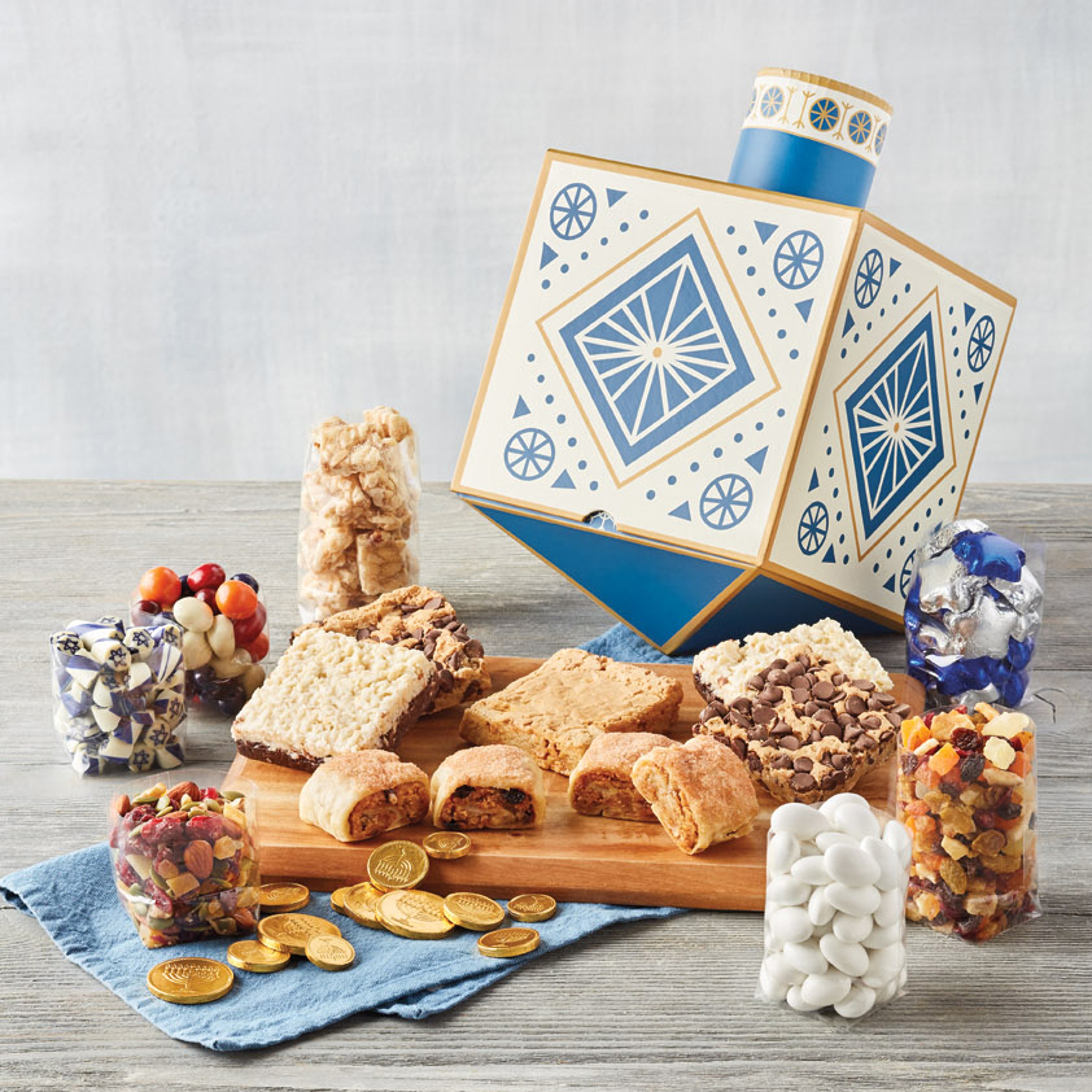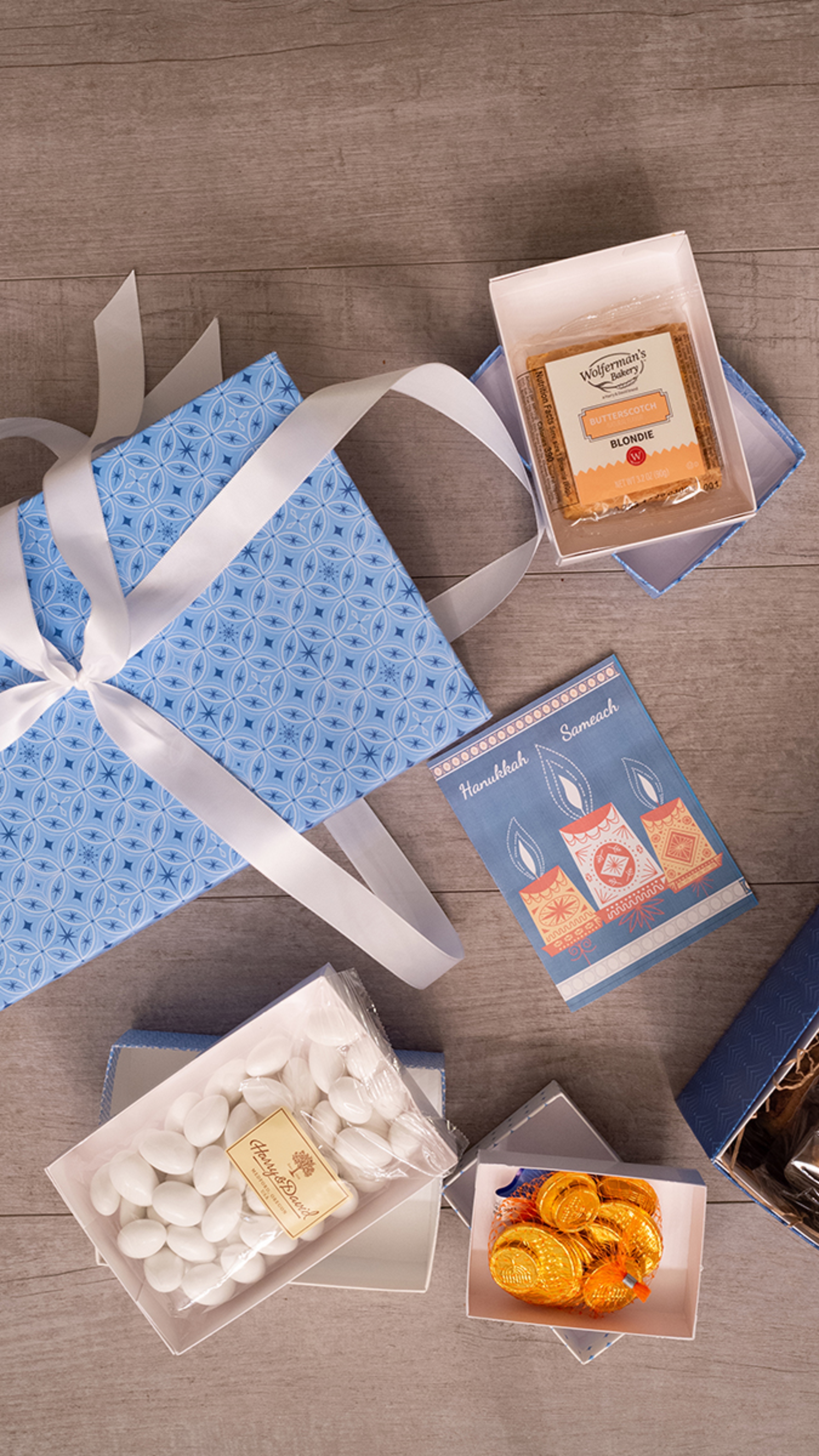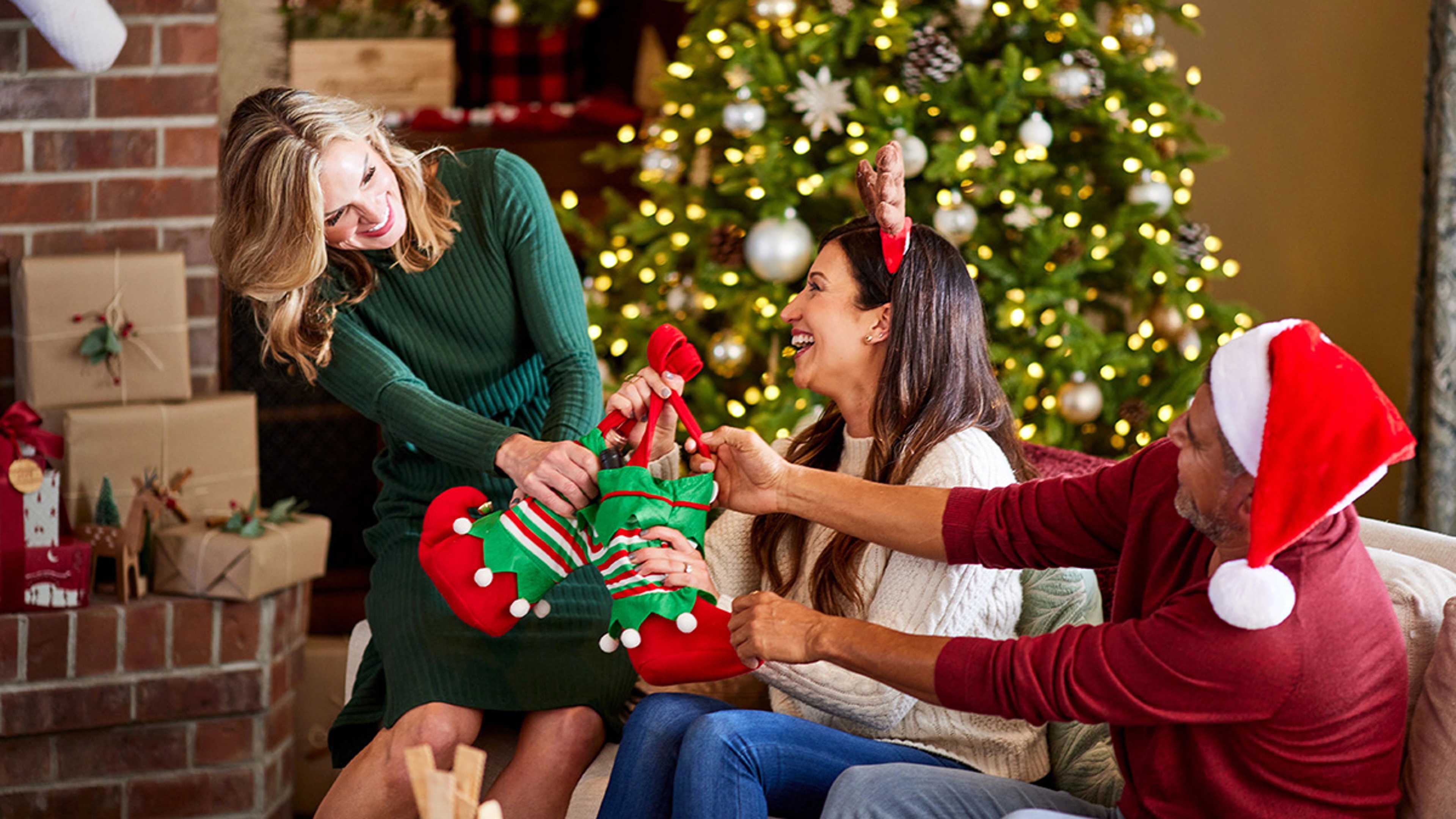The Hanukkah Chronicles: 5 Facts About the Festival of Lights
This holiday of eight crazy nights may seem even crazier after you read this.
Dec 03, 2024
From secret messages on a dreidel to rapping classic Hanukkah songs, these five facts about Hanukkah cover everything.
Same game, different dreidel

Though dreidel is a simple game to play, the significance of the message encoded on the four-sided top itself is lesser known. Dreidels were originally created as a covert method of studying Hebrew and the Torah when King Antiochus IV of Greece banned Judaism in 168 B.C.
Dreidels are produced anywhere in the world but the ones made in Israel have the Hebrew letters nun, gimel, hei, and shin printed on their four sides. These represent the first letter of each word in the sentence "Nes gadol haya sham," which translates to "A great miracle happened there." "There" is a reference to Israel, where, in 166 B.C, the events upon which Hanukkah is based took place.
Dreidels made in Israel, however, have a different letter on one of the sides, changing the message of the sentence to "A great miracle happened here." But that's not the only difference. Israeli dreidels — called "sevivons" in Hebrew — contain an even deeper message, encoded using numerology.
Sacred code of the sevivon
Gematria is a system in which Hebrew letters are assigned corresponding numbers. Rabbi David Golinkin, professor emeritus of the Schechter Institute in Israel, explains that in Gematria the "Israeli dreidel letters 'nun, gimel, hei, shin' … equal 358, which is also the numerical equivalent of 'mashiach,' or Messiah."
So, because the word "Messiah" is encoded only on Israeli-produced dreidels, the Gematria code conveys the message that studying the Torah while waiting for the Messiah to arrive in Jerusalem will bring great reward — a message that if spoken out loud in second century B.C. Israel could have gotten its speaker killed.
The awesomeness of olive oil

After the Jewish people retook Jerusalem, they discovered that the Second Temple's menorah was far short of the oil needed for a cleansing ceremony. Yet, somehow, just a day's supply of olive oil kept the lamp burning for over a week — hence, the miracle at the center of the Hanukkah story. Though these days we think of olive oil more as a simple
charcuterieaccompaniment, a darn good
salad dressing base, and an alternative oil for frying foods, this liquid extract of the olive fruit was once considered a holy substance.
And unlike other substances burned for light (including our modern lamp fuels like kerosene, citronella, and tiki torch oil), olive oil burns nearly smoke free, another sign to the Jewish people of its holy purity.
Dr. Rafael Frankel, an archaeologist at the University of Haifa, explains, "Everything that [the Jewish people] consecrated...they used to anoint with oil: standing pillars, altars, and even people. A priest, if he was sanctified, they poured oil on his head. King David and King Solomon, when they were crowned, were anointed with oil."
Help from the ninth candle
Ever wonder why the eight-night holiday of Hanukkah features a menorah with nine candle holders? The central spot on the menorah holds the candle used to light all the others, called the shamash, which translates directly to "the helper" and is the only candle permitted to touch any other.
While the modest shamash may not have its own night of Hanukkah, it's more than just a candle. According to Rabbi Menachem Posner of Chabad.org, this helper candle represents how we can all help others. "Each of us has the potential to be a shamash. We all have a responsibility to become teachers and impact the lives of others. ... Following the shamash, the path to elevation is not through pushing others down but by sharing with them and coaxing out the flame they carry within."
The term shamash is also used year round to refer to the sexton of a synagogue, the individual who manages the facility and organizes behind-the-scenes operations. Like the candle, this person is an unsung hero who quietly keeps the light of the faith alive for others to see (and they could probably do with some beautiful Hanukkah gifts).
The Hanukkah hits keep coming
There are almost certainly more Christmas songs than Hanukkah tunes, but it's fair to say Christmas carol writers have hit a wall. While most popular carols were written in the 1700s and 1800s, current-day Hanukkah songwriters continue to knock out the hits. It goes without saying that Adam Sandler's legendary "Hanukah Song" leads the list, and, for those into Motown, Sharon Jones and the The Dap-Kings' soulful "8 Days (of Hanukkah)" is a hip-yet-classic jam explaining the holiday in a funky fashion. West Coast rap legend Too $hort even recently contributed to the tradition with his "Hanukkah (Favorite Time of the Year").
Composer Erran Baron Cohen (the older brother of Sacha Baron Cohen, aka Borat and Ali G) has become known for re-rapping the classics, recording his own version of the "Dreidel Song." Josh Kun, co-founder of the Idelsohn Society for Musical Preservation, speaks highly of the Yiddish rhyming revamp of the traditional tune. "In recent years, there's been an attempt to kind of reinterpret or reclaim some of these songs, and maybe encourage younger American Jews to write some of their own," Kun says. "And this is in the spirit of…Friday night at the club!"
.svg?q=70&width=384&auto=webp)







